India is urbanizing at an unprecedented pace. As cities swell and the demands on infrastructure intensify, urban transportation emerges as both a challenge and an opportunity. Cities currently contribute 63% of India’s Gross Domestic Product (GDP), and with projections suggesting a rise in urban population from 377 million in 2011 to over 600 million by 2031, a robust public transport framework is crucial for sustainable urban growth. In this context, the concept of Integrated Multimodal Transport Systems (IMTS) becomes a key strategy for cities aiming to achieve efficiency, sustainability, and equity.
The Urbanization Surge and Transport Crisis in Indian Cities
India’s Urban Boom
Rapid urbanization in India has put immense pressure on urban transport systems. The lack of efficient transport alternatives has led to increasing private vehicle ownership, traffic congestion, road fatalities, and alarming levels of air pollution.
Economic and Environmental Stakes
Urban transportation is directly linked to economic productivity. The current congestion and travel inefficiencies result in a loss of nearly $22 billion annually in urban India. Moreover, the sector contributes significantly to urban air pollution, threatening public health and climate goals.
Understanding Integrated Multimodal Transport Systems (IMTS)
What is IMTS?
An Integrated Multimodal Transport System refers to the seamless movement of people (and goods) using a combination of different modes of transportation—such as metro, buses, bicycles, rickshaws, ride-sharing services, and walking—that are coordinated and connected through infrastructure and digital platforms.
Key Features
- Physical Integration: Well-connected terminals and interchanges
- Fare Integration: Unified payment systems and travel cards
- Timetable Synchronization: Reduced waiting times between different modes
- Data and Digital Integration: Real-time tracking, multimodal trip planning apps, and traffic management systems
Current Scenario: Fragmented and Inefficient Systems
Lack of Coordination
Most Indian cities operate their metro, bus, and other public transport services independently with little to no interlinking.
Infrastructure Gaps
Poor last-mile connectivity, inadequate pedestrian and cycling infrastructure, and overcrowded buses or metros deter citizens from relying on public systems.
Affordability and Accessibility Issues
While metros are often faster and safer, they remain unaffordable or inaccessible for many lower-income users who rely on cheaper alternatives.
Technology as an Enabler of Integrated Systems
Intelligent Transport Systems (ITS)
ITS technologies include traffic signal management, real-time fleet tracking, and data analytics to optimize transit routes and schedules.
Mobility as a Service (MaaS)
A digital platform combining booking, payment, and information for all public and private transport services into a single accessible app.
GIS and Big Data
Geospatial data and real-time analytics can help in designing routes, identifying demand hotspots, and improving operational efficiency.
AI and Predictive Analytics
Artificial Intelligence can be used to predict travel demand, optimize fleet distribution, and even suggest personalized commuting options.
Case Studies: Indian and Global Success Stories
Ahmedabad BRTS
The Ahmedabad Bus Rapid Transit System (Janmarg) integrates BRTS, auto-rickshaws, and NMT (non-motorized transport), reducing commuting times and emissions.
Kochi Metro and Water Metro
Kochi’s multimodal integration includes metro rail, feeder buses, and India’s first Water Metro, all linked via a single smart card and app.
Global Insights: Singapore and Helsinki
Cities like Singapore have excelled in multimodal integration through unified transport policies, smart mobility apps, and comprehensive digital mapping.
Pathways to Integrated Multimodal Transport in Indian Cities
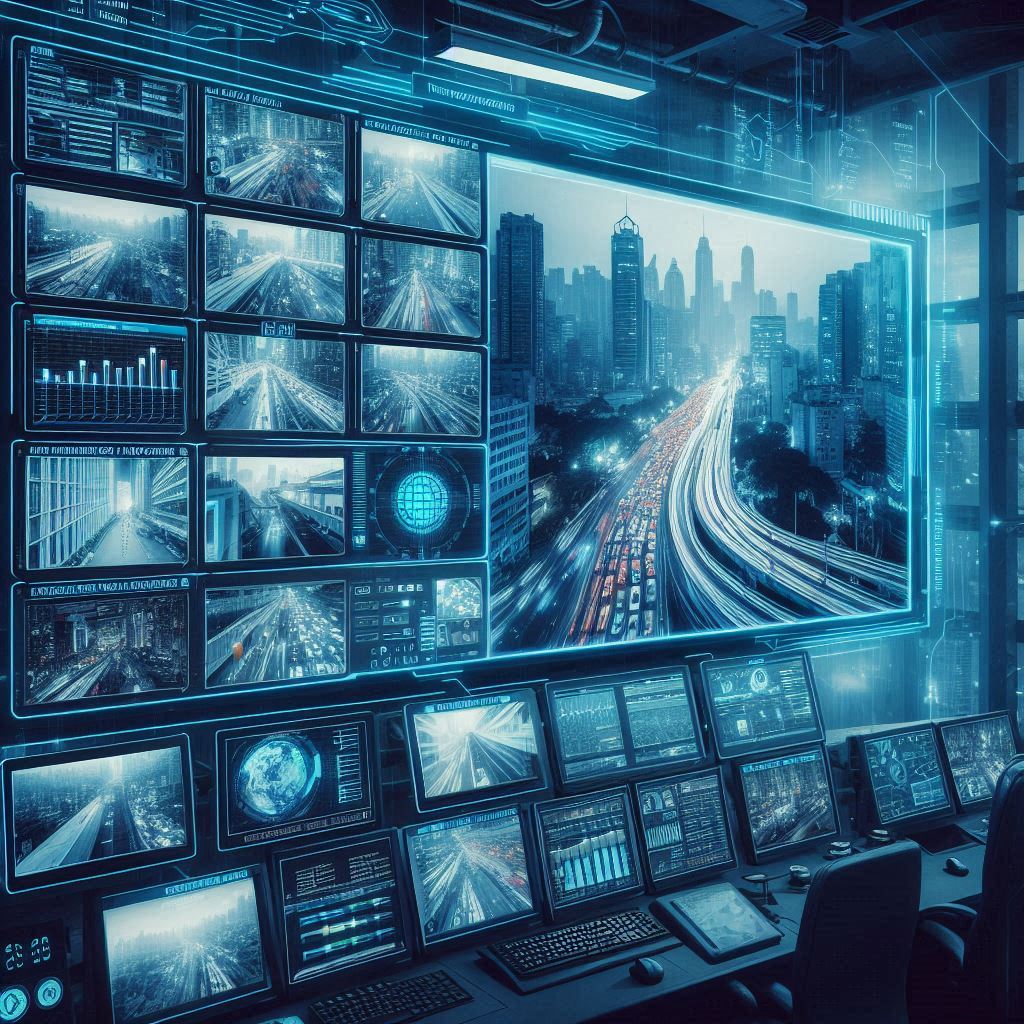
Policy-Level Interventions
- Develop a National Urban Transport Policy with integration as a central goal
- Mandate city-level Unified Metropolitan Transport Authorities (UMTAs)
Infrastructure Development
- Multi-modal transport hubs
- Dedicated lanes for buses, bicycles, and electric vehicles
- Safe pedestrian walkways and skywalks
Fare and Payment Integration
- Implement National Common Mobility Card (NCMC) across all cities
- Encourage public-private partnerships for MaaS platforms
Data-Driven Governance
- Open data portals for developers and startups
- Real-time dashboards for city transport managers
Citizen Engagement and Behavioral Change
- Campaigns to promote public transport use
- Incentives for using non-motorized and shared transport options
Challenges and Roadblocks
Institutional Fragmentation
Different agencies managing different modes often work in silos, hampering coordination.
Financial Constraints
High capital costs deter smaller cities from adopting advanced transport technologies.
Public Resistance and Trust Deficit
Changing commuter habits requires building trust in public systems, which are often seen as unreliable.
The Road Ahead: Making Indian Cities Future-Ready
Focus on Tier-2 and Tier-3 Cities
While metro cities are advancing, smaller urban centers must also be brought into the planning fold with scalable, low-cost multimodal systems.
Green and Inclusive Transport
Multimodal systems should prioritize electric mobility, accessibility for differently-abled users, and gender-sensitive design.
National-Level Coordination and Innovation
The Ministry of Housing and Urban Affairs (MoHUA), in collaboration with NITI Aayog, can lead cross-sectoral integration, fund innovation hubs, and push open data standards.
Conclusion
As India moves toward becoming a $5 trillion economy, cities will play an increasingly critical role. Investing in integrated multimodal transport systems is not just a mobility solution but a development imperative. Leveraging technology, policy coherence, and citizen participation will ensure that our cities remain engines of growth while being liveable, sustainable, and inclusive.
The time to reimagine urban mobility is now. The choices made today will shape the Indian city of tomorrow



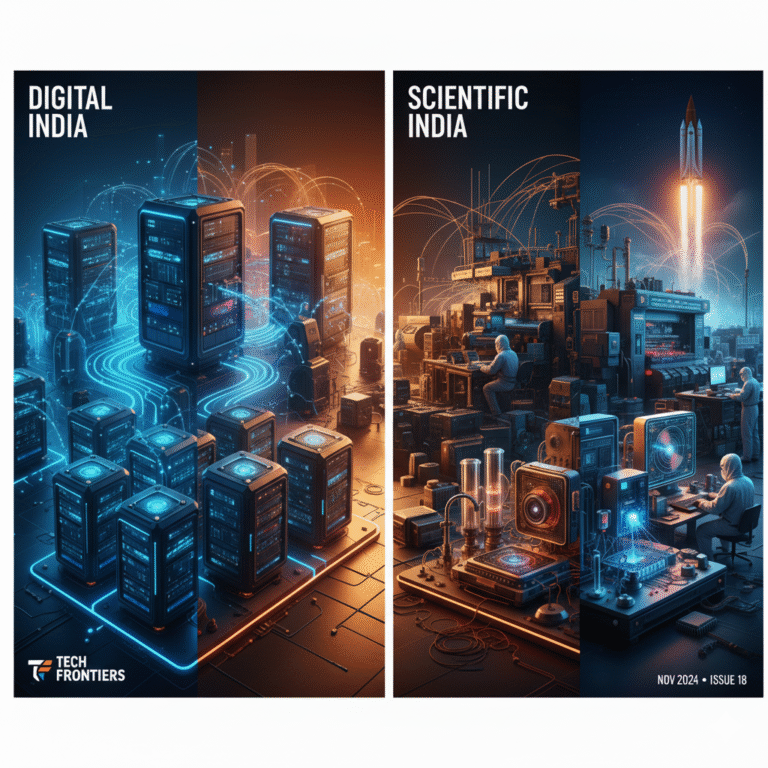
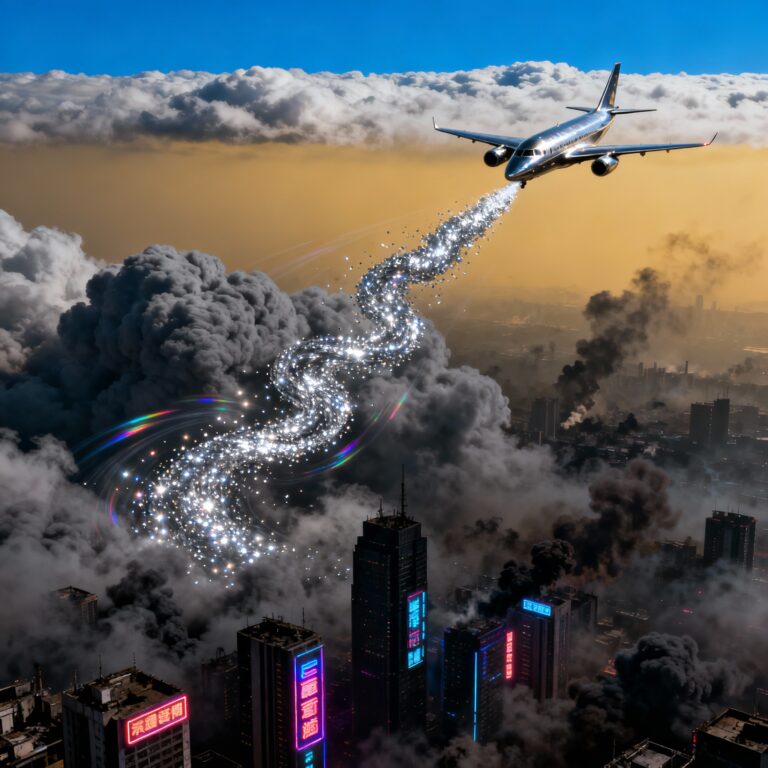
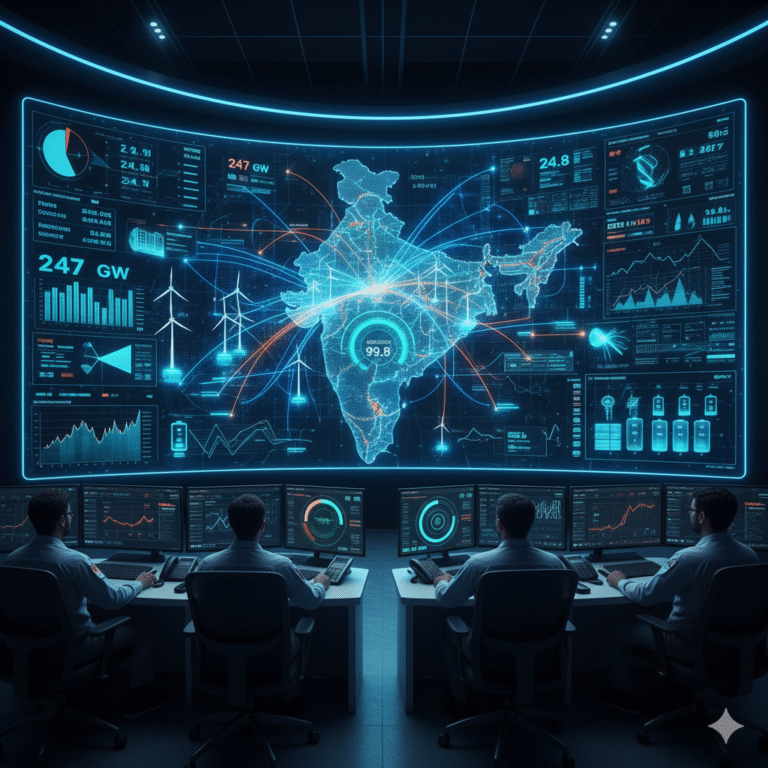
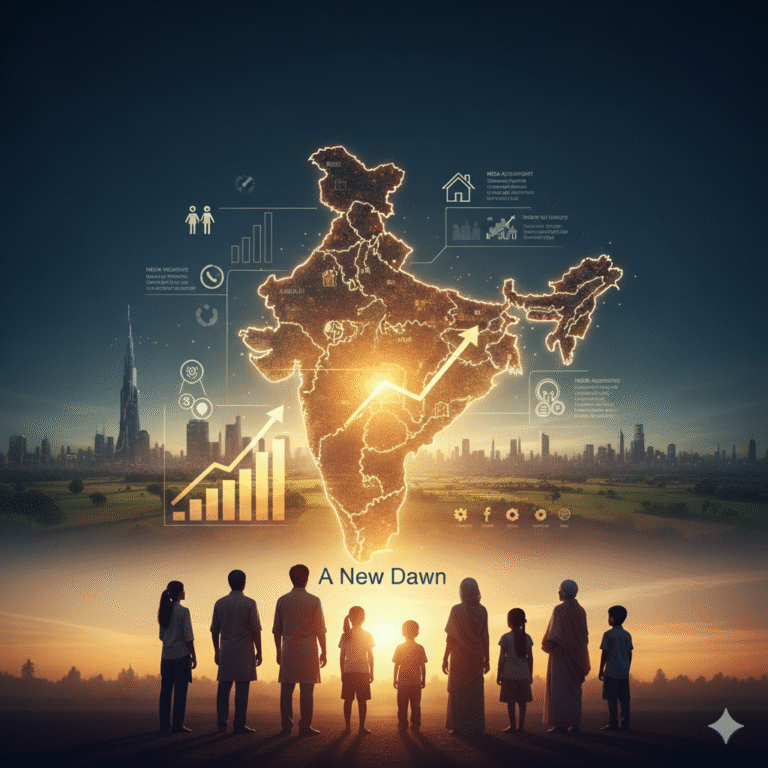


+ There are no comments
Add yours